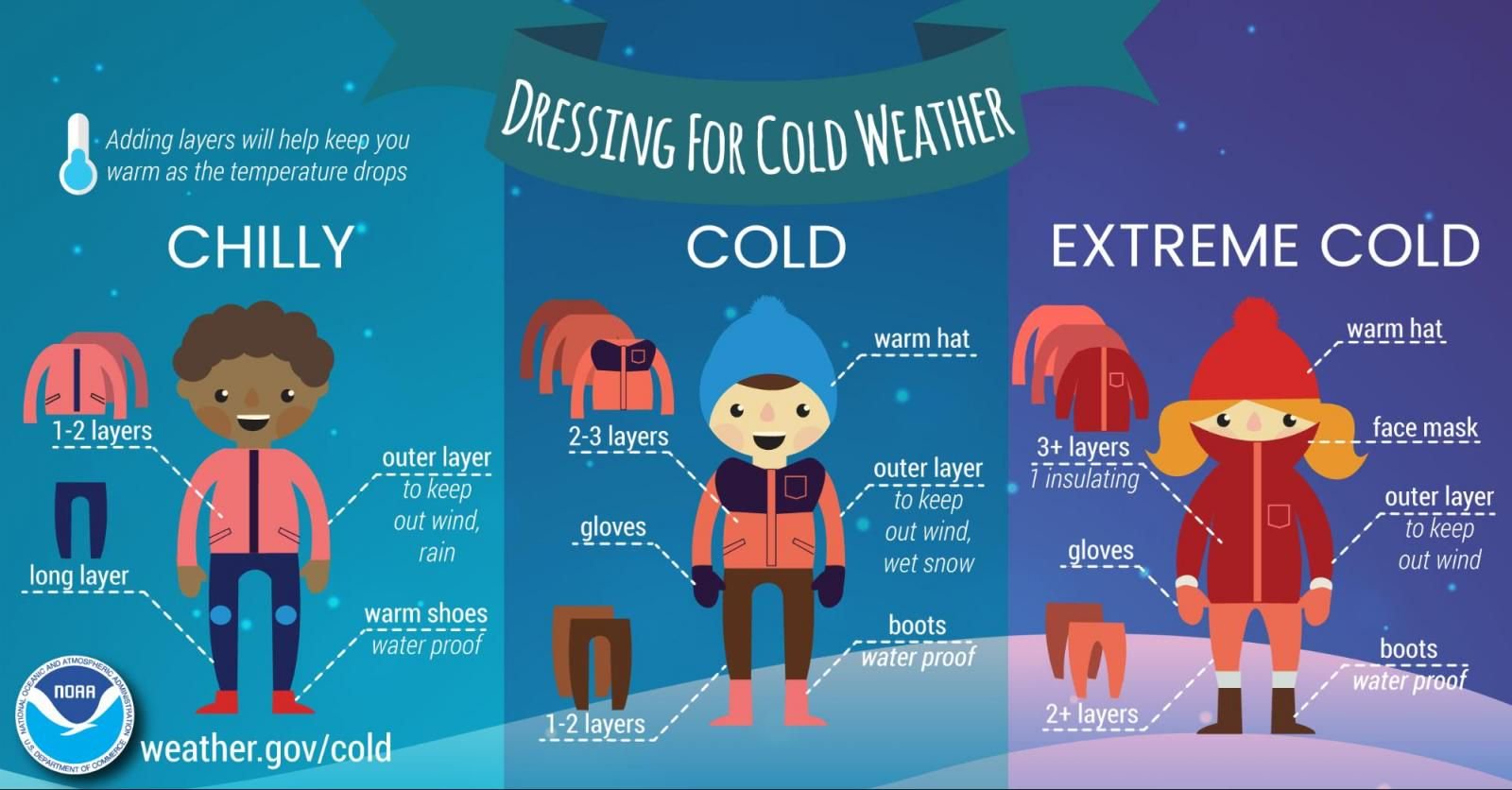Outdoor Winter Safety Tips
January 27, 2021

By: Richland Public Health
When the weather is extremely cold, and especially if there are high winds, try to stay indoors. Make any trips outside as brief as possible, and remember these tips to protect your health and safety.
Adults & children should wear
- a hat
- a scarf or knit mask to cover face and mouth
- sleeves that are snug at the wrist
- mittens (they are warmer than gloves)
- water-resistant coat and boots
- several layers of loose-fitting clothing
Be sure the outer layer of your clothing is tightly woven, preferably wind resistant, to reduce body- heat loss caused by wind. Wool, silk, or polypropylene inner layers of clothing will hold more body heat than cotton.
Avoid Exertion
Cold weather puts an extra strain on the heart. If you have heart disease or high blood pressure, follow your doctor’s advice about shoveling snow or performing other hard work in the cold. Otherwise, if you have to do heavy outdoor chores, dress warmly and work slowly. Remember, your body is already working hard just to stay warm, so don’t overdo it.
Stay dry
Wet clothing chills the body rapidly. Excess perspiration will increase heat loss, so remove extra layers of clothing whenever you feel too warm. Also, avoid getting gasoline or alcohol on your skin while de-icing and fueling your car or using a snow blower. These materials in contact with the skin greatly increase heat loss from the body. Do not ignore shivering. It’s an important first sign that the body is losing heat. Persistent shivering is a signal to return indoors.
Understand Wind Chill
The Wind Chill index is the temperature your body feels when the air temperature is combined with the wind speed. It is based on the rate of heat loss from exposed skin caused by the effects of wind and cold. As the speed of the wind increases, it can carry heat away from your body much more quickly, causing skin temperature to drop. When there are high winds, serious weather- related health problems are more likely, even when temperatures are only cool.
Avoid Ice
Walking on ice is extremely dangerous. Keep your steps and walkways as free of ice as possible by using rock salt or another chemical de-icing compound. Sand may also be used on walkways to reduce the risk of slipping
« Back to News
